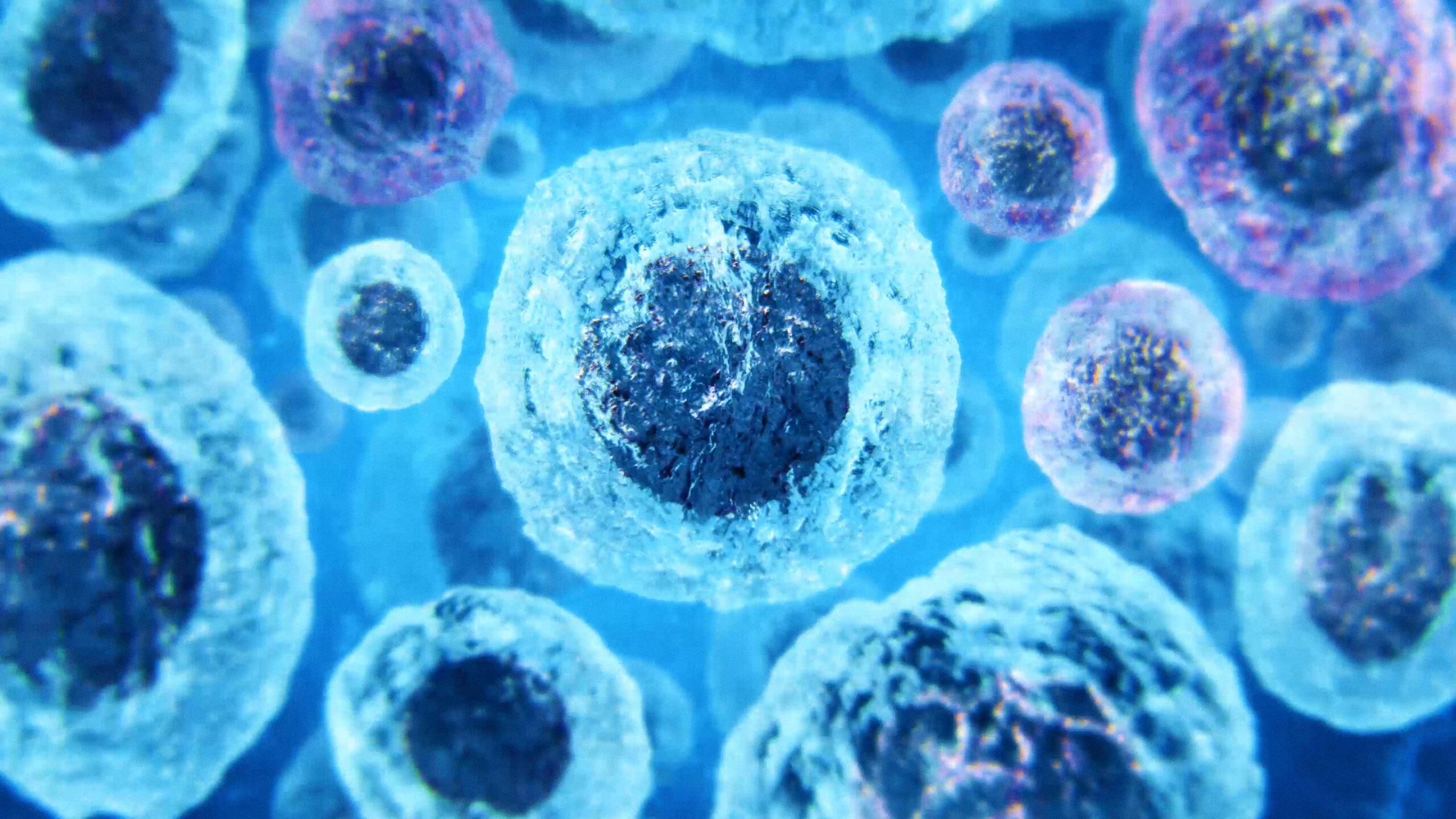Life after death

MEDHINI RAMESH – Imagine a world where the dead can come back to life. Scientists at Yale have brought us one step closer to this world becoming a reality…
When an organism begins dying, all its organs don’t start dying at the same time. Instead, as one organ starts to fall ill, several inflammatory processes start working which over time produce an exaggerated inflammatory response all over the body. Eventually, a major organ can no longer endure the costs of keeping itself alive. This leads to organ failure, which if untreated can lead to multiple organs failing, and eventually the organism dies.
If death is defined as permanent cellular failure, this revolutionary solution protects cells in the cascade of events initiated when a living organism is dying. The researchers were able to restore blood circulation and other cellular functions one-hour postmortem in pigs. So in essence, organ death is slowed (not stopped) with this fluid. This mechanism can save donor organs like livers and kidneys from dying before they are placed into the recipient’s body. It also gives donor families more time with their loved ones, while the organs remain viable inside the donor.
As insanely cool and dire of a need as it is, bioethicists have raised important questions about the future implications and implementations of this technology. The line between life and death is still undefined and up to interpretation by physicians and family members. In the modern ICU, physicians can save a person’s entire body, which with the support of machines can breathe and technically live, but if their brain can’t work are they dead? This line becomes even more confusing with this fluid that promises to prolong life.
Furthermore, this research was built on previous research at Yale where they restored certain cellular functions in brain cells. The possibility of restoring brain function – while decades away from reality – elicits cautious elation in the regenerative biosciences community because of the questionable ethics of the uses. So the question on everyone’s mind is: in the next century, will we be able to revive people hours after they have died with completely normal brain function? If so, what does that entail for population dynamics, evolution, social security, etc.? The answer is no (for now); these are all science fiction scenarios because these studies were able to only revive cellular and molecular functions of life and were not able to renew brain activity.
Sources
- https://news.yale.edu/2022/08/03/yale-developed-technology-restores-cell-organ-function-pigs-after-death
- https://www.nimh.nih.gov/news/science-news/2019/nih-brain-initiative-tool-may-transform-how-scientists-study-brain-structure-and-function
- https://www.hopkinsmedicine.org/news/articles/the-challenges-of-defining-and-diagnosing-brain-death
